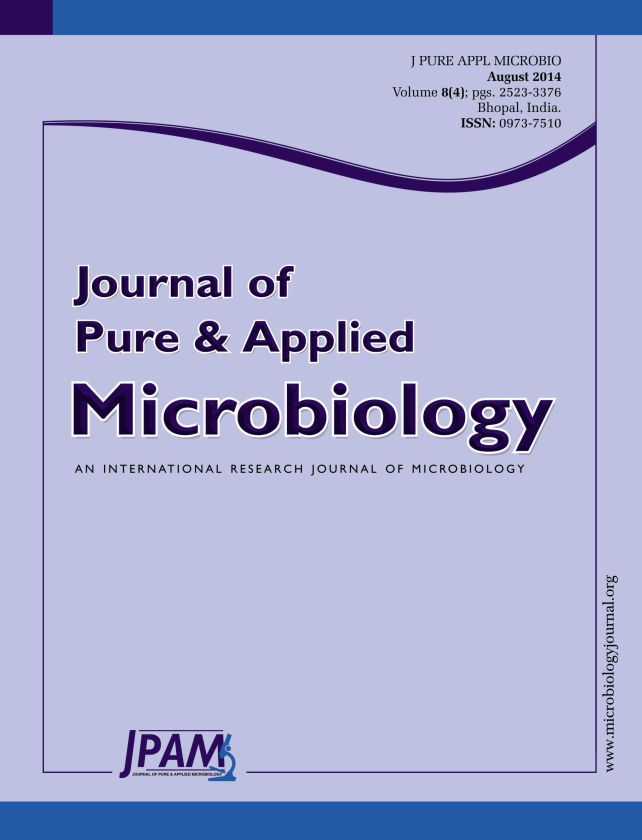Plant tissue culture offers a new way to solve this problem to recover the loss of rare plants and also for production of bioactive components from cultured cells and tissues. In present study Gymnema sylvestre leaves and callus was compared for their antimicrobial potentials to assess the feasibility of cell and tissue culture to replace the plants use from natural resources. Callus was induced by using young as explants on MS medium supplemented with 2,4-D and BA. Various solvents s Candida albicans, Escherichia coli, Pseudomonas aeruginosa, Staphylococcus aureus, Staphylococcus epidermidis, Staphylococcus hominis and Streptococcus mutans were tested for antimicrobial activity. Methanolic extract of leaves showed antimicrobial activity against Candida albicans, Escherichia coli, Pseudomonas aeruginosa, Staphylococcus aureus, Staphylococcus epidermidis in agar well diffusion assay, but no activity against Staphylococcus hominis and Streptococcus mutans.
Callus, pathogenic bacteria, leaves extract
© The Author(s) 2014. Open Access. This article is distributed under the terms of the Creative Commons Attribution 4.0 International License which permits unrestricted use, sharing, distribution, and reproduction in any medium, provided you give appropriate credit to the original author(s) and the source, provide a link to the Creative Commons license, and indicate if changes were made.


